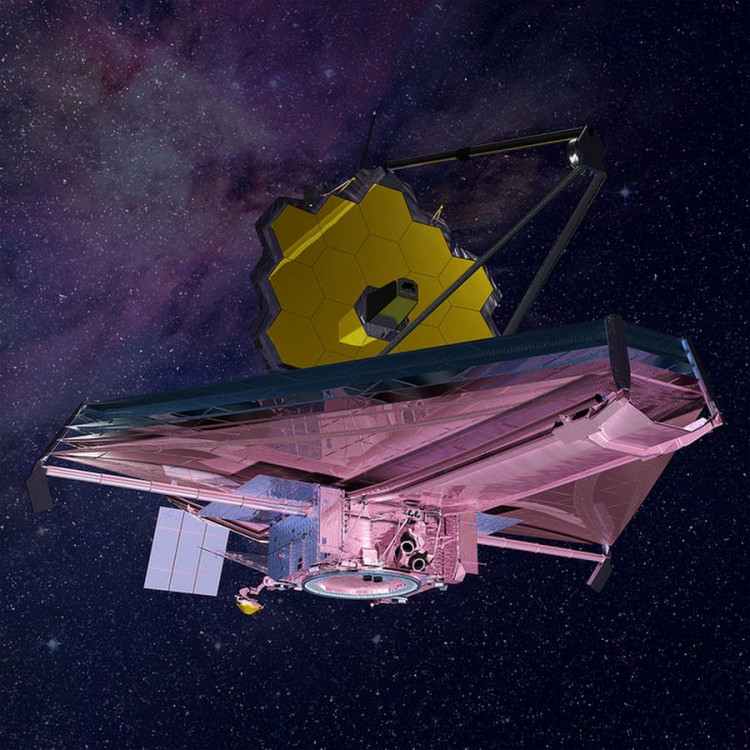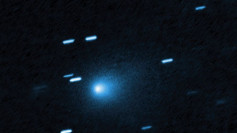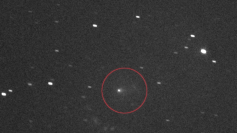The James Webb Space Telescope intends to investigate unusual, undiscovered rocky worlds in unparalleled depth.
The telescope's scientific consortium has set an ambitious goal of studying geology on these minor planets from "50 light-years away" according to a statement. The work will be a significant stretch for the new observatory, which should be completed in a few weeks.
Due to their relative brightness adjacent to a star and their small size, rocky planets are more difficult to detect than gas giants in present telescope equipment. However, Webb's powerful mirror and deep-space location should allow it to study two planets that are slightly larger than Earth, dubbed "super-Earths."
Although neither of these worlds is habitable in the way we know it, exploring them could serve as a testbed for future in-depth investigations of planets like our own. The super-hot, lava-covered 55 Cancri e and LHS 3844 b, which lack a large atmosphere, are the two planets emphasized by Webb officials.
55 Cancri e orbits its parent star at a close distance of 1.5 million miles (2.4 million kilometers), about 4% of the distance between Mercury and the sun.
The planet possesses blast furnace surface temperatures over the melting point of most rocks while only circling its star once every 18 hours. Scientists also presumed that the planet is tidally locked to the star, which means that one side is always facing the searing sun, while measurements from NASA's Spitzer Space Telescope indicate that the hottest zone may be slightly offset.
LHS 3844 b is also a near orbiter, orbiting its parent star every 11 hours. The star, on the other hand, is smaller and cooler than the one at 55 Cancri e. As a result, the planet's surface is likely significantly cooler, and Spitzer measurements indicate that the planet has no significant atmosphere.
Using spectroscopy, a team led by astronomer Laura Kreidberg at the Max Planck Institute for Astronomy hopes to capture a surface signal. Various wavelengths of light indicate different elements. Thermal emission spectrums from the planet's daylight side will be compared to known rocks such as basalt and granite to see whether a surface composition can be determined.
In the same release, Kreidberg noted that the two research "will give us fantastic new perspectives on Earth-like planets in general, helping us learn what the early Earth might have been like when it was hot like these planets are today,"
Webb is now completing later-stage commissioning operations such as tracking targets in the solar system and switching between hotter and colder attitudes to test the mirror and sensor alignment. The $10 billion observatory is expected to complete its commissioning in June or July and begin its first cycle of observations shortly after.





